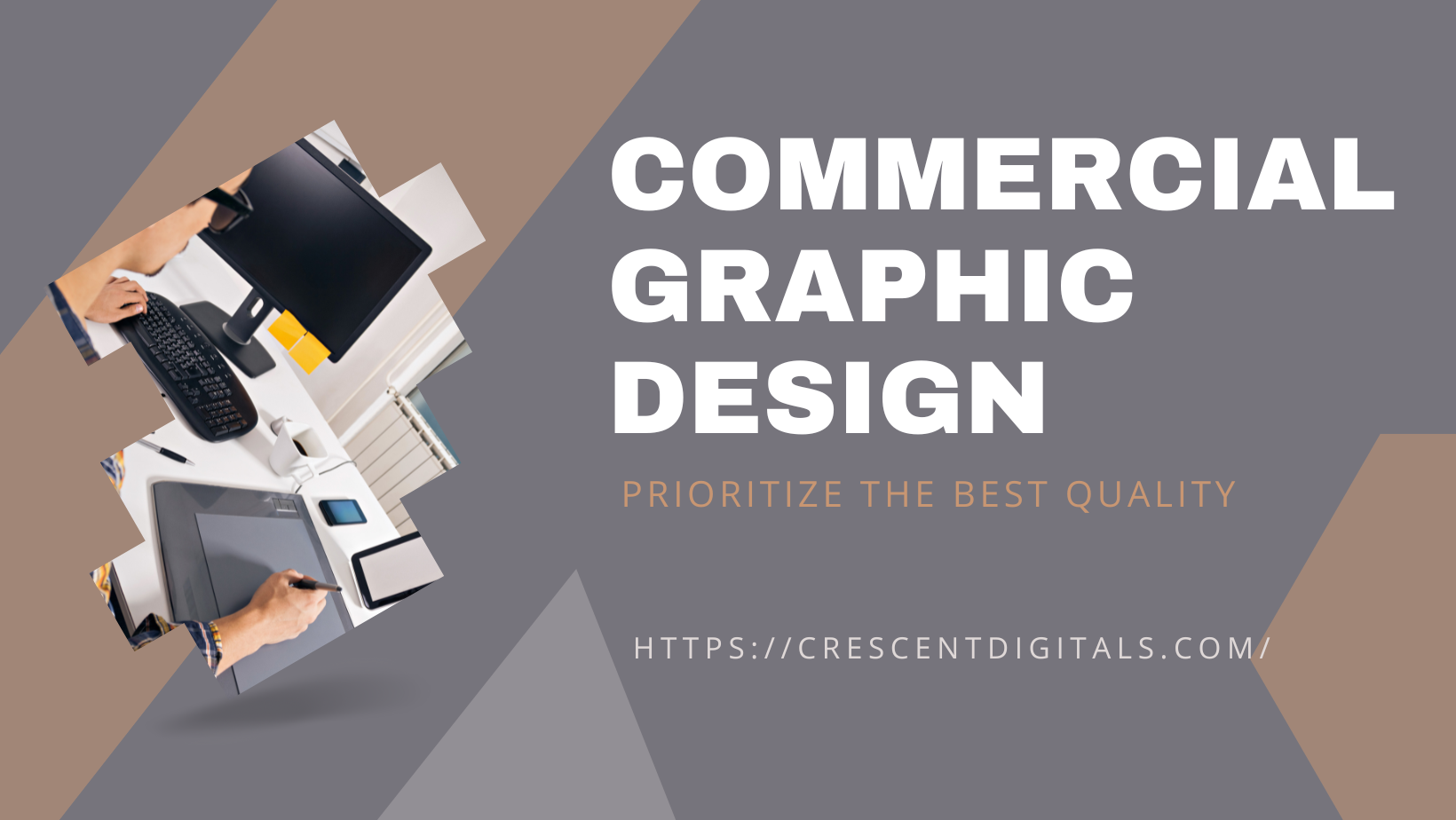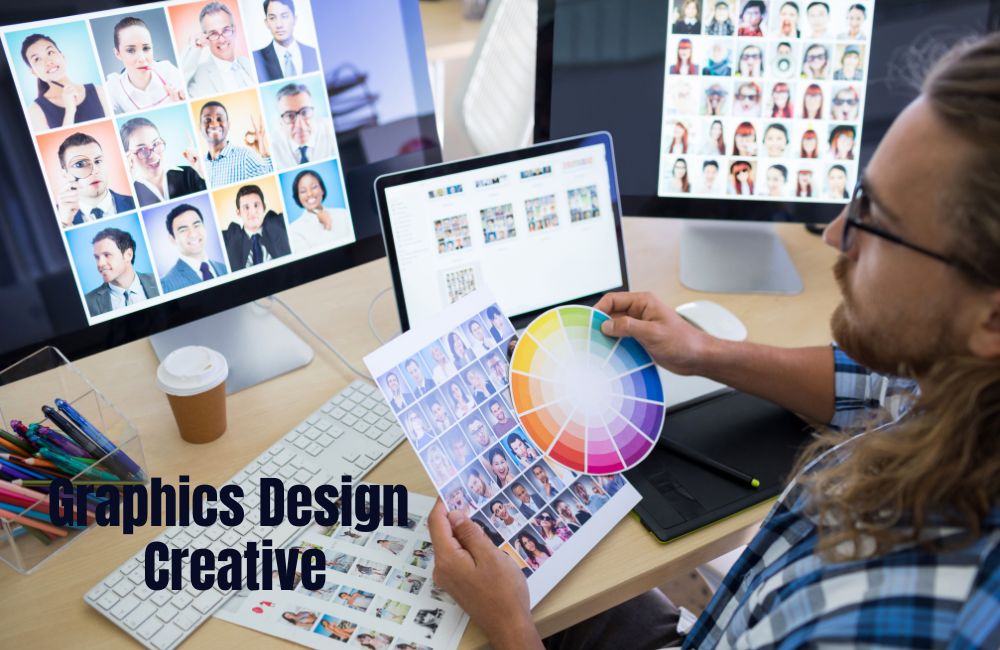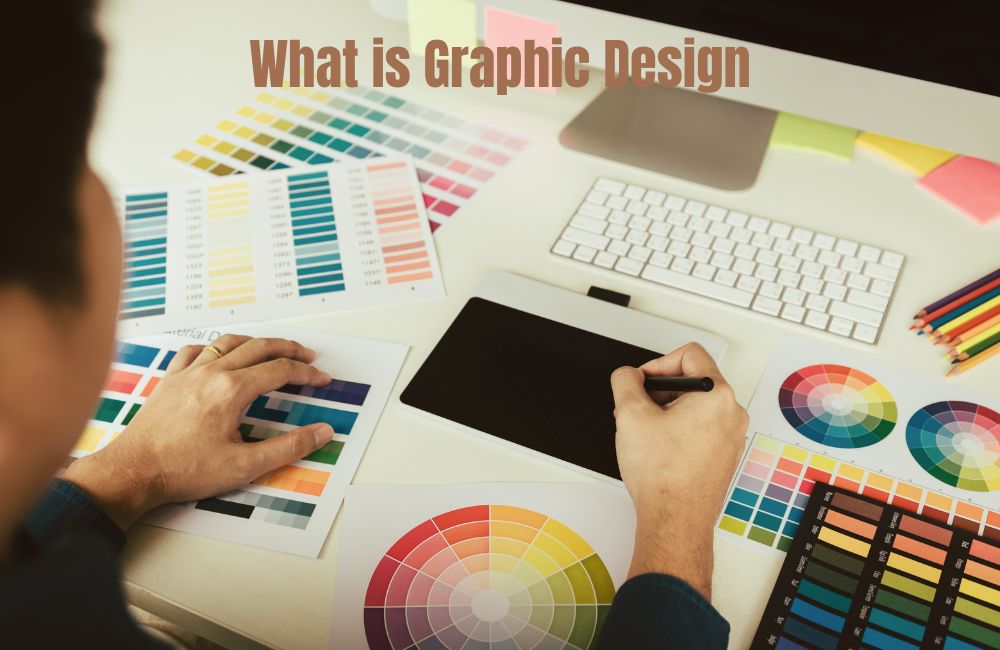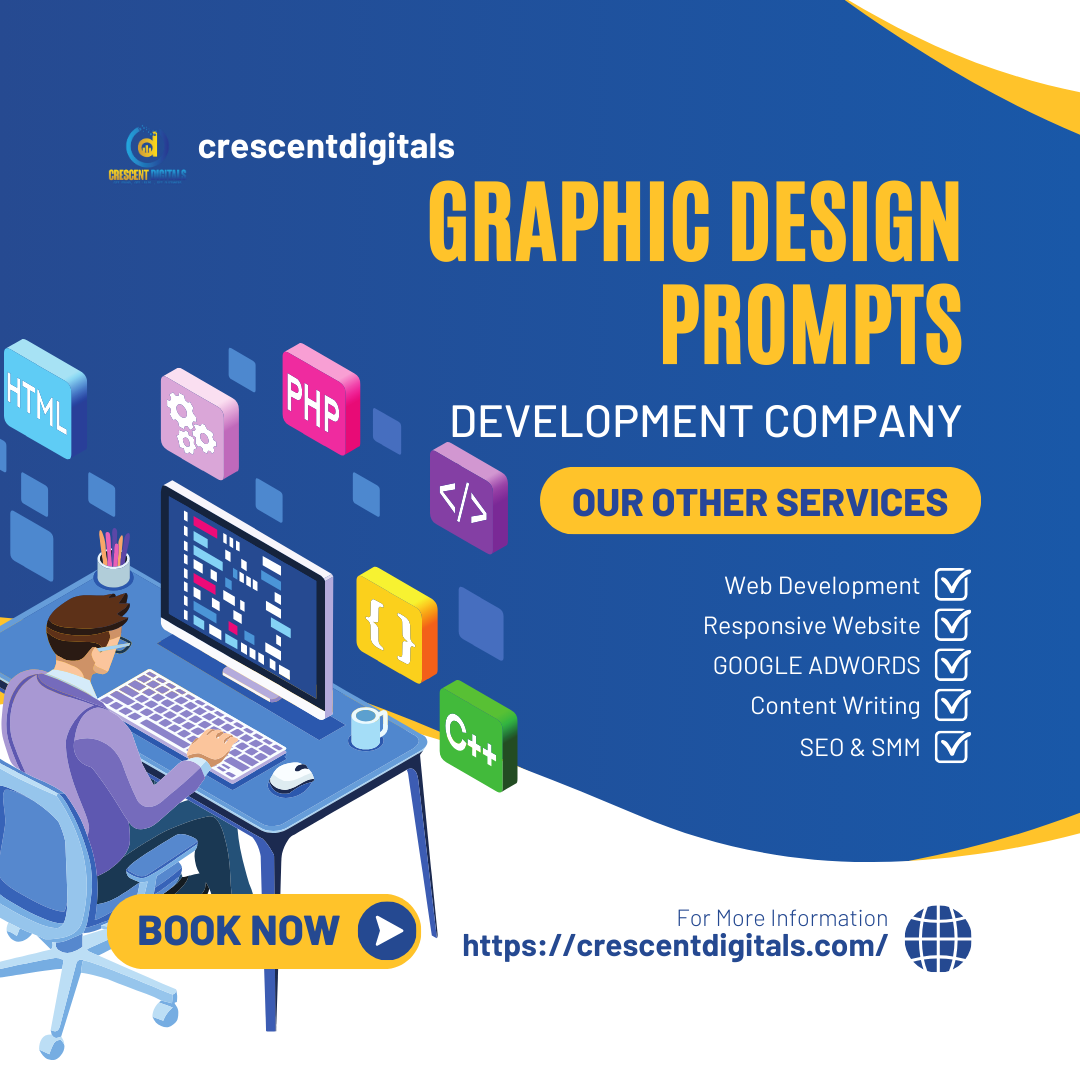Commercial graphic design refers to the creation of visual concepts, using software or by hand, to communicate ideas that inspire, inform, and captivate consumers. Graphic designers develop the overall layout and production design for applications such as advertisements, brochures, magazines, and reports.
They play a crucial role in helping businesses and organizations effectively communicate their message, brand, or identity to their target audience. Commercial graphic designers combine visual and text-based content to meet clients’ needs, ensuring readability and aesthetically pleasing layouts that support effective communication strategies.
They possess deep knowledge of design principles, technical aspects, digital and hand-on art-making skills, printing, and production methods. Through their creative skills, commercial graphic designers contribute to the success and growth of businesses by visually engaging and attracting customers.

Credit: www.cornerstonebranding.com
Commercial Graphic Design In Practice
Commercial graphic design plays a crucial role in creating visual solutions that effectively communicate messages, brands, and identities to target audiences. It encompasses various aspects, including the development of visual concepts, layout and production design, and application areas. Let’s dive deeper into each of these components to understand how commercial graphic design is put into practice.
Development Of Visual Concepts
The development of visual concepts is a fundamental step in commercial graphic design. It involves the creative process of generating ideas and translating them into visual representations. Graphic designers use their artistic skills and technical knowledge to conceptualize and design images, typography, colors, and other visual elements. These concepts serve as a foundation for the overall design direction and help establish a distinct visual identity for businesses, organizations, or institutions.
Layout And Production Design
Layout and production design are essential aspects of commercial graphic design. Once the visual concepts are established, graphic designers focus on arranging elements in a visually appealing and functional manner. They consider factors such as hierarchy, balance, typography, and color schemes to create designs that effectively convey the intended message. The production design phase involves preparing the design files for printing or digital distribution, ensuring high-quality output and adherence to technical specifications.
Application Areas Of Commercial Graphic Design
Commercial graphic design finds its application in various areas, enabling businesses to communicate their messages effectively. Some common application areas include:
- Advertisements: Graphic designers create visually captivating advertisements for print, digital, or outdoor platforms, helping businesses attract and engage their target audience.
- Brochures: Designers develop compelling layouts and designs for brochures that effectively present information about products, services, or events.
- Magazines: Graphic designers play a vital role in magazine production, designing layouts that enhance the reading experience and captivate readers.
- Reports: Through visual elements such as charts, graphs, and infographics, graphic designers transform complex data into visually digestible reports.
These are just a few examples of how commercial graphic design is applied in real-world scenarios. The versatility of this field allows graphic designers to contribute to various industries, such as advertising, marketing, publishing, and more.

Credit: www.upwork.com
The Distinction: Commercial Artist Vs. Graphic Designer
A commercial graphic designer creates visual concepts to communicate ideas that inspire and captivate consumers. They develop layouts and designs for advertisements, brochures, magazines, and other applications. They combine visual and text-based content to ensure effective communication strategies.
When it comes to the world of design, there are various roles and titles that often get used interchangeably. One common source of confusion is the distinction between a commercial artist and a graphic designer. While both professionals operate in the realm of visual communication, there are some key differences that set them apart.
Combining Visual And Text-based Content
A commercial artist primarily focuses on creating visually appealing artwork that can be used for promotional purposes. They excel in drawing, painting, and other traditional art techniques, utilizing their creativity and artistic skills to produce eye-catching illustrations and designs. Commercial artists often create characters, logos, posters, and other visually appealing content that effectively conveys a brand’s message.
On the other hand, a graphic designer specializes in the strategic combination of visual elements and text-based content. They are experts in visual communication, utilizing tools such as graphic design software to create layouts, compositions, and typography that enhance the overall message of a design. Graphic designers understand the importance of readability and legibility, ensuring that the text seamlessly integrates with the visuals to create a cohesive and impactful design.
Effective Communication Strategies
Both commercial artists and graphic designers aim to communicate ideas and messages effectively through their designs. However, their approaches may differ. Commercial artists often rely on the power of visuals to capture attention and convey emotion in a concise and powerful manner. They leverage colors, shapes, and imagery to evoke specific feelings and create a strong visual impact.
On the other hand, graphic designers prioritize effective communication through the use of layout, typography, and visual hierarchy. They carefully consider how different elements on a page interact with each other to guide the viewer’s eye and ensure that the message is easily digestible. Graphic designers understand the balance between aesthetics and functionality, creating designs that are visually appealing while still serving their intended purpose.
In conclusion, while commercial artists and graphic designers both play crucial roles in the realm of visual communication, their areas of expertise and approaches differ. Commercial artists excel in creating visually appealing artwork, while graphic designers specialize in combining visual and text-based content to create effective designs. By understanding the distinction between these two roles, businesses can effectively leverage their unique skill sets to create captivating and impactful designs that resonate with their target audience.

Credit: www.etsy.com
Frequently Asked Questions Of Commercial Graphic Design
What Is A Commercial Graphic Designer?
A commercial graphic designer creates visual concepts to communicate ideas that inspire, inform, and captivate consumers. They use computer software or hand-drawn techniques to develop layouts for advertisements, brochures, magazines, and reports.
What Is Commercial Use Graphic Design?
Commercial use graphic design refers to the creation of visual concepts that are intended to promote businesses, products, or services and generate financial gain. Graphic designers develop layouts and designs for advertisements, brochures, magazines, and other marketing materials to inspire and captivate consumers.
They use computer software or traditional methods to communicate ideas effectively.
What Is The Meaning Of Commercial In Graphic Design?
Commercial graphic design refers to the practice of creating visual solutions for businesses or organizations with the goal of communicating a specific message, brand, or identity to a target audience. Graphic designers develop layouts and designs for advertisements, brochures, magazines, and reports.
What Is The Difference Between A Commercial Artist And A Graphic Designer?
A commercial artist combines visual and text-based content to meet clients’ needs. They ensure readability and aesthetically pleasing layouts using best practices for effective communication. A graphic designer, on the other hand, creates visual concepts to inspire, inform, and captivate consumers.
They develop layouts for advertisements, brochures, magazines, and reports.
What Does A Commercial Graphic Designer Do?
A commercial graphic designer creates visual concepts to communicate ideas and captivate consumers through advertisements, brochures, magazines, and more.
What Is The Meaning Of Commercial In Graphic Design?
Commercial design involves creating visual solutions for businesses or organizations to communicate a specific message, brand, or identity.
What Is A Commercial Use Of Graphic Design?
Commercial use refers to any use of graphic design that implies money exchange or promotes a business, product, or service for financial gain.
How Is A Commercial Graphic Designer Different From A Commercial Artist?
While both are commercial artists, graphic designers combine visual and text-based content to meet clients’ needs, focusing on effective communication strategies.
Why Should I Hire A Commercial Graphic Designer?
Hiring a commercial graphic designer ensures professional and visually appealing designs that effectively communicate your business’s message to your target audience.
What Skills Do Commercial Graphic Designers Have?
Commercial graphic designers have deep knowledge of design techniques, both digital and hand-on art-making skills, and proficiency in printing and production methods.
Conclusion
To excel in the world of commercial graphic design, it is crucial to understand the multifaceted role of a graphic designer. They are responsible for creating visually captivating concepts that inspire and inform consumers. Whether it’s designing advertisements, brochures, or magazines, graphic designers play a pivotal role in effectively communicating a brand’s message.
By merging creative thinking and technical expertise, they craft layouts that ensure readability and aesthetically pleasing designs. So, if you’re looking for a career that combines creativity and business acumen, commercial graphic design might be the perfect fit for you.
Embrace the power of visual communication and make an impact in the digital realm.






